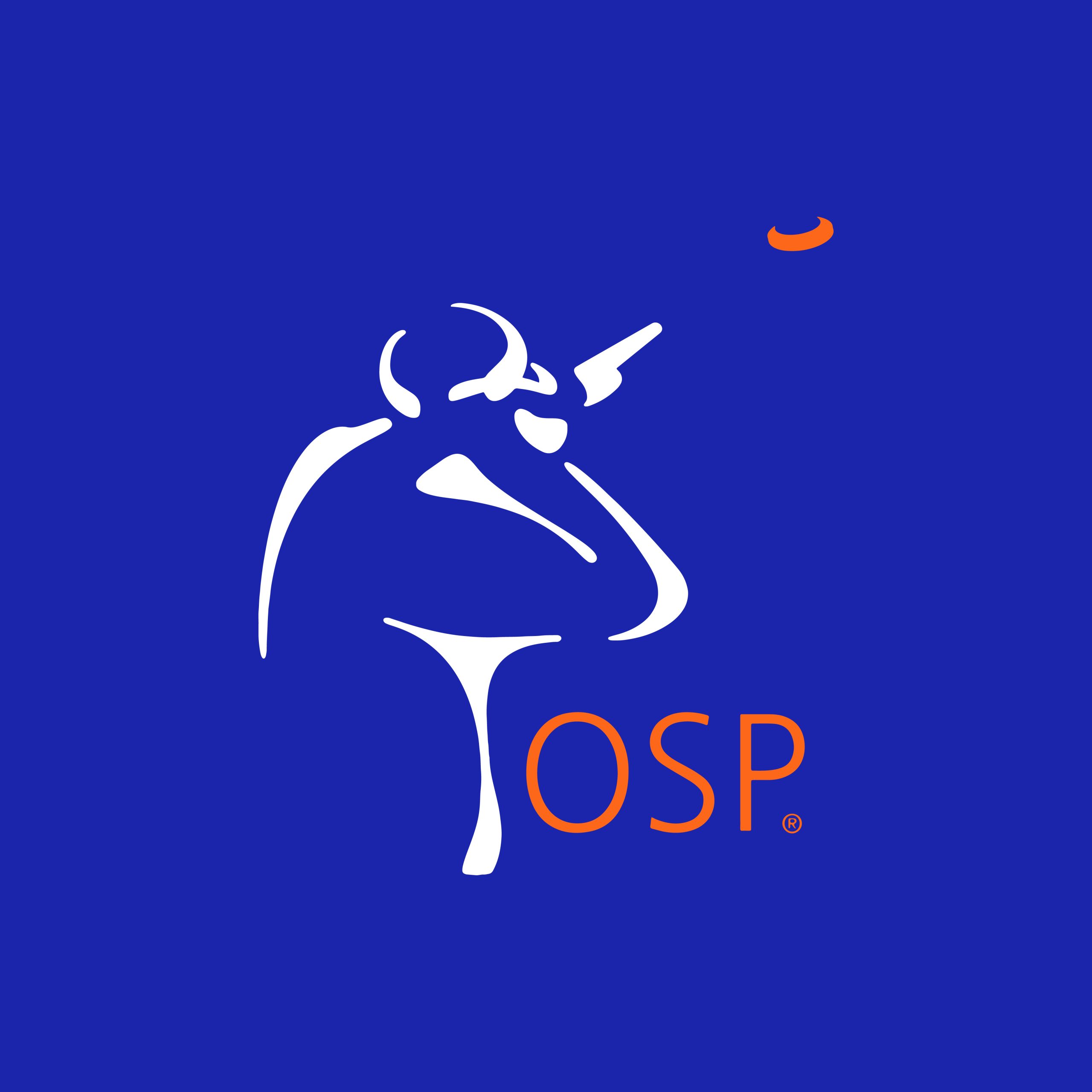The Old Way vs. New Way
In the beginning, we know when a shooter is shooting with a gun doesn’t fit. We know it shoots high. I’ll typically give the shooter my gun and then he hits five targets in a row at 50 yards that he couldn’t touch with his gun. And then he says, “Oh, but I couldn’t shoot a gun that shoots this flat.” Then we give him his gun back and he misses, misses over. “Now try my gun again.” Smash smash smash.
So, in the analysis, it’s fairly obvious that there’s a gun fit problem, which makes it easy for us to ease that shooter along. Then when we get to awareness.
I was shooting with a customer the other day out at Greater Houston Gun Club. He asked me a question about a custom-fitted gun versus a gun with the comb that had been cut down even by me. I explained that with his comb cut over, he could get his face to the correct place on his gun. But the gun would always want to mount to the inside on his collarbone because it didn’t have enough cast in it.
He looked at me like the RCA dog and I put his gun up and my gun up on top of the gun rack so he could look at the cast. And he was shocked at the amount of cast that was in my gun.
“Does it really make that much difference?” he asked. I gave him my gun and told him to mount my gun. And he was shocked at how easy my gun was to mount.
When we talk about old way/new way, as we get on past the adjustment, we found that when the shooter finally gets his comb over and down enough to where it shoots flat, because his subconscious has been floating the target out to about 30 yards successfully, (and beyond that, not very successfully) for so long, when they finally get a gun that shoots flat, they miss under a lot.
We tell them it’s very important when you miss under to say “that was the old sight picture. The new sight picture is level.” Old sight picture. New sight picture is level.
This is the same thing they’re talking about when it was “old way/new way,” such as a new technique or change one technique to another one.
I want to emphasize the importance of verbalizing the old sight picture and the new sight picture. This does work.




